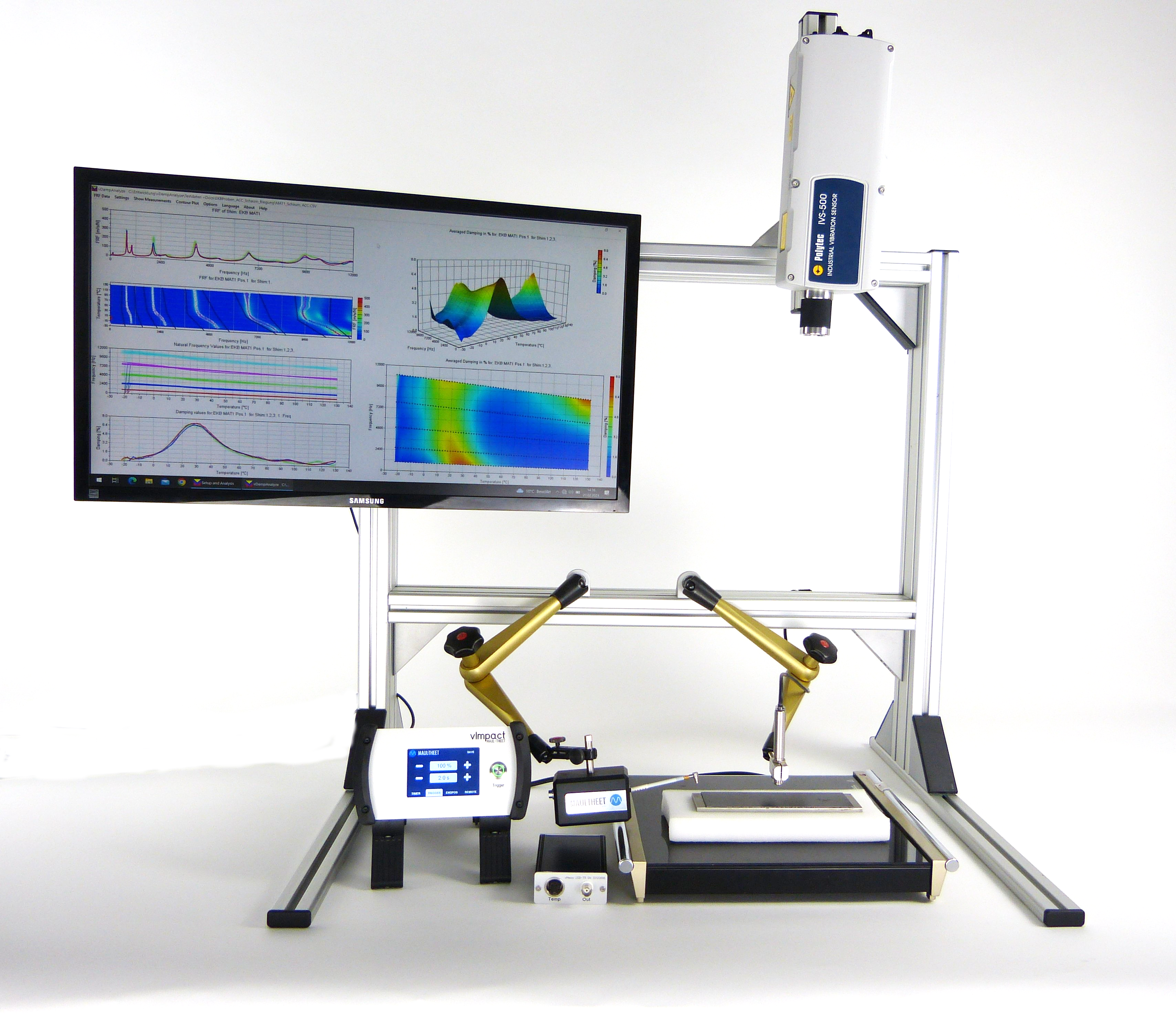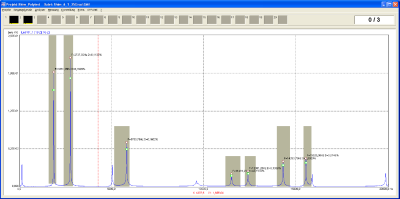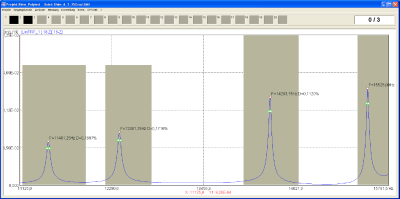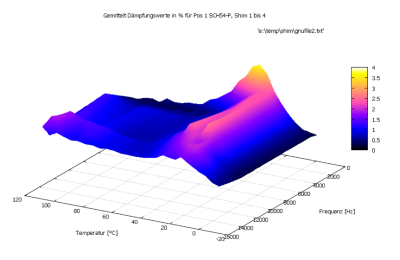Damping Test Stand SAEJ3001 | DTS
Damping test bench (DTS) for determining the natural frequencies and damping values as a function of temperature.
During the development and production of brake systems for the reduction of brake squealing damping materials so called shims are applied on the brake pads. For the comparison of damping characteristic of different shims test plates are measured following company internal specifications. In the most cases the results show the map of the modal damping over the frequency and temperature. MAUL-THEET offers a system that does this time consuming measurements automatically and delivers in an effective way repeatable results.
Advantages & Innovation
Shim – test according to SAE J3001
Automated test system for determining natural frequencies and damping
Cost and time savings due to low personnel costs
Temperature range -60°C to +200°C (-76°F to 392°F)
Continuous, non-contact temperature measurement
Temperature-triggered excitation by automatic modal hammer
Vibration measurement with Laser Doppler Vibrometer or accelerometer
Frequency range up to 100 kHz
Frequency resolution < 1Hz at 20 kHz
Damping map over frequency and temperature
Different damping estimators (half power bandwidth, x-dB, SDOF)
Result database including metadata
Applications & Integrations
Brake Parts (pads, discs, calipers etc.)
Material testing
Quality control
Sampling inspection
Research and Development
Product testing
Optimization of simulation models
Procedure
To determine the damping characteristic of shim materials and for the quality control the shims are applied on standardized metal plates. Mounted on an elastic underlay the test plate is excited by an modal hammer. By measuring the excitation impact and the vibration answer the eigenfrequencies and dampings for each shim can be determined. The measurements are done in a temperature range from –30° to +140° Celsius and deliver a map of eigenfrequencies and damping over the temperature.
Measurement and analysis
The shim test plates are heated with an oven to 140° Celsius or cooled down to -30° Celsius. These shim plates are put on an elastic underlayer and cool down or warm up to room temperature. During the cooling down or warming up phase a contactless sensor measures the temperature of the shim plate. When the shim plate reaches a given temperature ( F.E. -30°C to +140°C in steps of 2°C) the automatic impact hammer excites the shim plate. The measurement of the vibration answer is done with a Laser-Doppler-Vibrometer. The contactless working measurement equipment guarantees that the sensors have no influence on the results. From both signals the vAnalyser calculates the complex FRF from which the Eigenfrequencies and damping values are determined. The standard system works in a frequency range of 20 kHz with a max. resolution of 3 Hz. After the peak detection which is tracked with the temperature the damping values are determined in procent and stored in a data base.
Shim Data Base
The shims are produced with several materials and different production processes. This leads to a huge amount of shim test data. The selection of the right shims can be done by a data base query. The shim data base includes metadata (Manufacturer, material, charge, temperature, press capacity ,etc.) and the complete maps of the eigenfrequencies and damping over the temperature.
What we can do for you
We develop and deliver complete test stands for the measurement of shim plates as a standard system or as a customized system. We also do the measurements for our customers. Please contact us to get an offer.
Videos
Short version: Productvideo
Long version: Product- and Informationvideo | Interview with Technical Director






